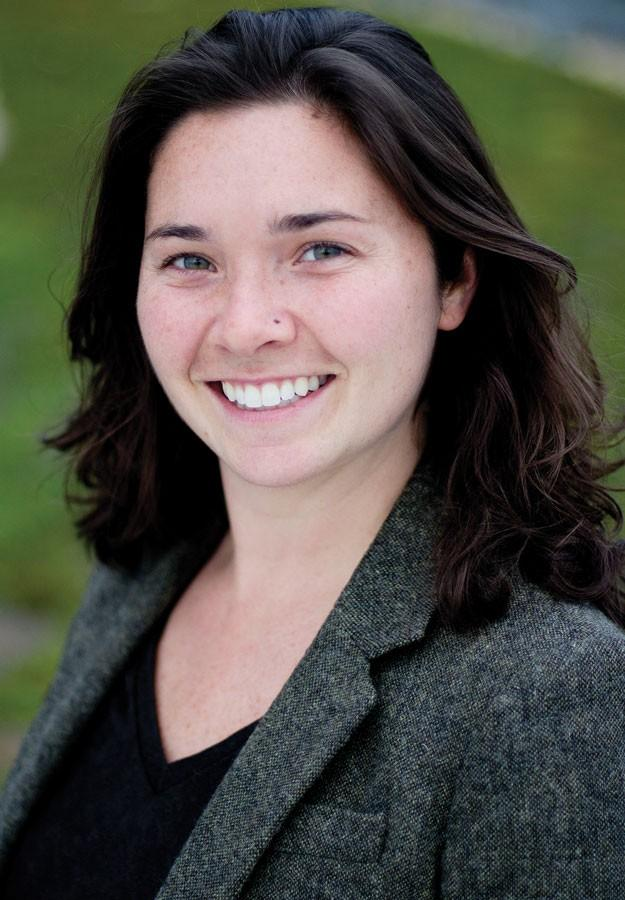Keeping track of changing enrollment
Elaine Harvey
Many colleges have been experiencing an unprecedented shift in enrollment since the start of COVID in 2019. Despite the major impact that the pandemic has had on college enrollment, there have been many other contributing factors to enrollment trends at NVU over the past two academic years.
“The unification between Johnson and Lyndon definitely impacted enrollments, just during … consolidation,” said Director of Student Engagement Elaine Harvey. “Then, of course, there was COVID. And before that, threat of closure on the Lyndon campus, and then the threat of closure for both Johnson and Lyndon during the pandemic in Spring 2020.”
Harvey added that the transition to hybrid and online classes changed the perspectives of some students, making them not want to continue their college education.
“Now, the unification coming up for Vermont State University, it’s been a lot of uncertainty for prospective students not understanding the brand change,” Harvey said. “Why is there so much change? There’s been a lot of turnover in staff and faculty, so we’ve lost a significant number of full-time faculty and staff, which definitely impacts retention.”
When a professor leaves NVU for whatever reason, the school has the choice whether or not to fill the position. Often, the position is left empty, which leads to more strain and responsibility for the remaining faculty.
“The big drops end up happening traditionally from the end of one semester to the beginning of another or the end of one school year to the beginning of a new school year,” Harvey said. “When we talk about retention numbers, what we’re usually referencing is what’s called our federal cohort, which is a number of students that get head counted at the beginning of our year.”
Harvey mentions that most students do not drop out mid-semester; rather, they tend to wait for the end of a semester or whole year. Furthermore, retention is counted in cohorts that started in the same semester instead of the school population as a whole.
Despite the declining trend in enrollment in previous semesters, however, applications appear to be rising once again.
“Spring applications across NVU are up from last spring, not from fall, but from last spring 28% and from the spring of 2020 50%” said Victoria Dutcher, NVU’s interim dean of enrollment. “We’re seeing really, really nice and exciting increases in the number of applications, but again, we won’t know how many students are enrolled until the spring semester actually starts.”
Dutcher added that the increases for fall of 2022 are even bigger. According to data from Nov. 16, fall applications are up 54% from this fall, and 65% from fall of 2020.
The percentage of first-year students starting in the Spring of 2022 is quite small “They’re not students who are starting for the first time,” Dutcher said. “They’re usually transfer students. We have a group of grad students that will start in the spring also, and we have students that start in the spring in our NVU Online programs.”
Although applications may be up, Dutcher said that the increase in applications may not correlate to an increase in enrollment. “I don’t know that we’ll see those increases in the number of enrolled students,” she said. “If there’s a potential concern out there that all of a sudden, we’re going to lose the spirit of NVU being small, close-knit community, and we’re just going to see students coming in through the roof, that’s not the intention at all.”
Dutcher said the increase in applications is also in part due to a change in recruiting methods. “We’re also recruiting in more conventional ways that weren’t open to us during the [earlier stages of] the pandemic, meaning, for example, that we have on-campus open houses,” Dutcher said, adding that “the admissions counselors went back to do high school visits and college fairs this year. During the pandemic, those things didn’t happen either.”
The increase in applications is thanks to the work of many people, according to Dutcher: “Some of it is … the world kind of returning into a little bit more normalcy, and some of it is related to the spirit and the enthusiasm of the community helping us to recruit more students. We’re really thankful for all of the support and collaboration that we receive all across campus.
“It’s not just admissions that is making these results happen; it’s the faculty and the students and the staff who help to transition these students from admissions into the university community. So we’re very thankful and we just want to keep our excitement up and hope that we see the increases that we’re hoping for.”



